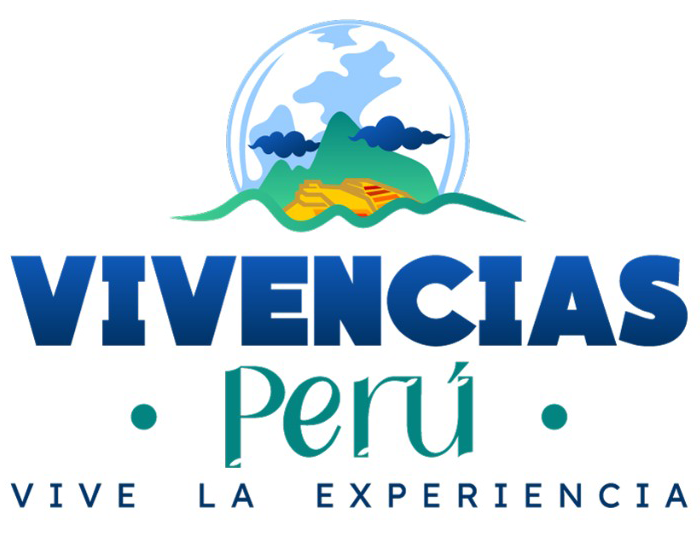The traditional neighborhood of Santa Ana has a fascinating and very rich history in culture and traditions, its history begins approximately 700 a. When this sector was occupied by the Chanapata culture, archaeological studies have found numerous ceramics and lithic samples from this period.
During the Inca period, this sector called Chanapata was renamed Qarmenqa, in this sector there lived ayllus (families) dedicated primarily to agricultural production, because of this we can see the platform system on the corner of Arcopata.
The population of Qarmenqa was conformed by native Incas and a great number of Cañaris and Chachapoyas; These warring ethnic groups, from what is now southern Ecuador and the north of our country, were transferred to this sector by the Incas Túpac Inca Yupanqui and Huayna Cápac in order to protect the entrance to the capital of Tahuantinsuyo; they were also the members of the Inca’s personal guard; all this according to the writings of the Chronicler Martin de Murúa.
On November 14, 1533, the Spaniards made their entry to the Imperial City of Cusco from the neighborhood of Qarmenca, from there they began their descent to the Valley of Cusco through Calle Conquista and what is now known as Tambo de Montero.
Once the city was subdued, the conquerors began to distribute the properties located in the popular neighborhood of “Qarmenca” to all the soldiers who would have shown great courage in their struggles; two of the best known were Juan de Betanzos and Diego de Silva.
The distribution so generous originated that Qarmenca is the first neighborhood or sector where houses were built in the same way was the cradle of colonization and not only physical but also psychological, since from this neighborhood began activities to convert the indigenous to Catholicism and they can abandon their polytheistic religion.
The construction in 1560 of the temple and parish of Santa Ana is a great proof of it, its creation was based as we said in the conversion to Catholicism of all the natives, for this reason this temple was known as the church of Indians.
Location:
It is located towards the north-west of the Cusco valley on the slopes of a hill whose upper part of it is the popular church of Santa Ana.
The Arch of Alcabala:
Currently located on the Cuesta de Santa Ana, it was a colonial arch that was initially on the slope already mentioned, but according to the photographic records of times before the 1950 earthquake, it did not exist.
It was during the period of Mayor Raul Salizar in the decade of the 90’s that this arch, as well as Puente Rosario was restored.
Cuesta de Santa Ana:
The Cuesta de Santa Ana has a quite steep slope, pedestrians use the staircases at both ends and vehicles in the central area, the houses are located in staggered form painted in white, the bases are part of stone walls, the front income in stone nothing according to the slope.
Uma Street (Avenida de La Raza):
The natives of the town of Chincheros and those of the immediate parcialidades to the Cusco, have given that name to the street that ends in the Plazuela de Santa Ana, because according to them is the head of all the streets of this city.
This traditional neighborhood shows us the wealth of culture and knowledge during the Inca period, be sure to visit the beautiful and cosmopolitan city of Cusco and learn about all the mysteries and beauties that this city encompasses. Contact Waman Adventures, a Cuzco company that will make your trip the most memorable of all due to its extensive professionalism, security and confidence that characterizes us.





